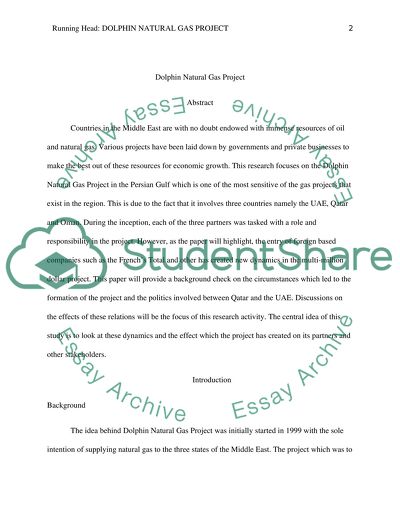Cite this document
(“Dolphin Natural Gas Project Research Paper Example | Topics and Well Written Essays - 3500 words”, n.d.)
Retrieved from https://studentshare.org/law/1404179-dolphin-natural-gas-project
Retrieved from https://studentshare.org/law/1404179-dolphin-natural-gas-project
(Dolphin Natural Gas Project Research Paper Example | Topics and Well Written Essays - 3500 Words)
https://studentshare.org/law/1404179-dolphin-natural-gas-project.
https://studentshare.org/law/1404179-dolphin-natural-gas-project.
“Dolphin Natural Gas Project Research Paper Example | Topics and Well Written Essays - 3500 Words”, n.d. https://studentshare.org/law/1404179-dolphin-natural-gas-project.


